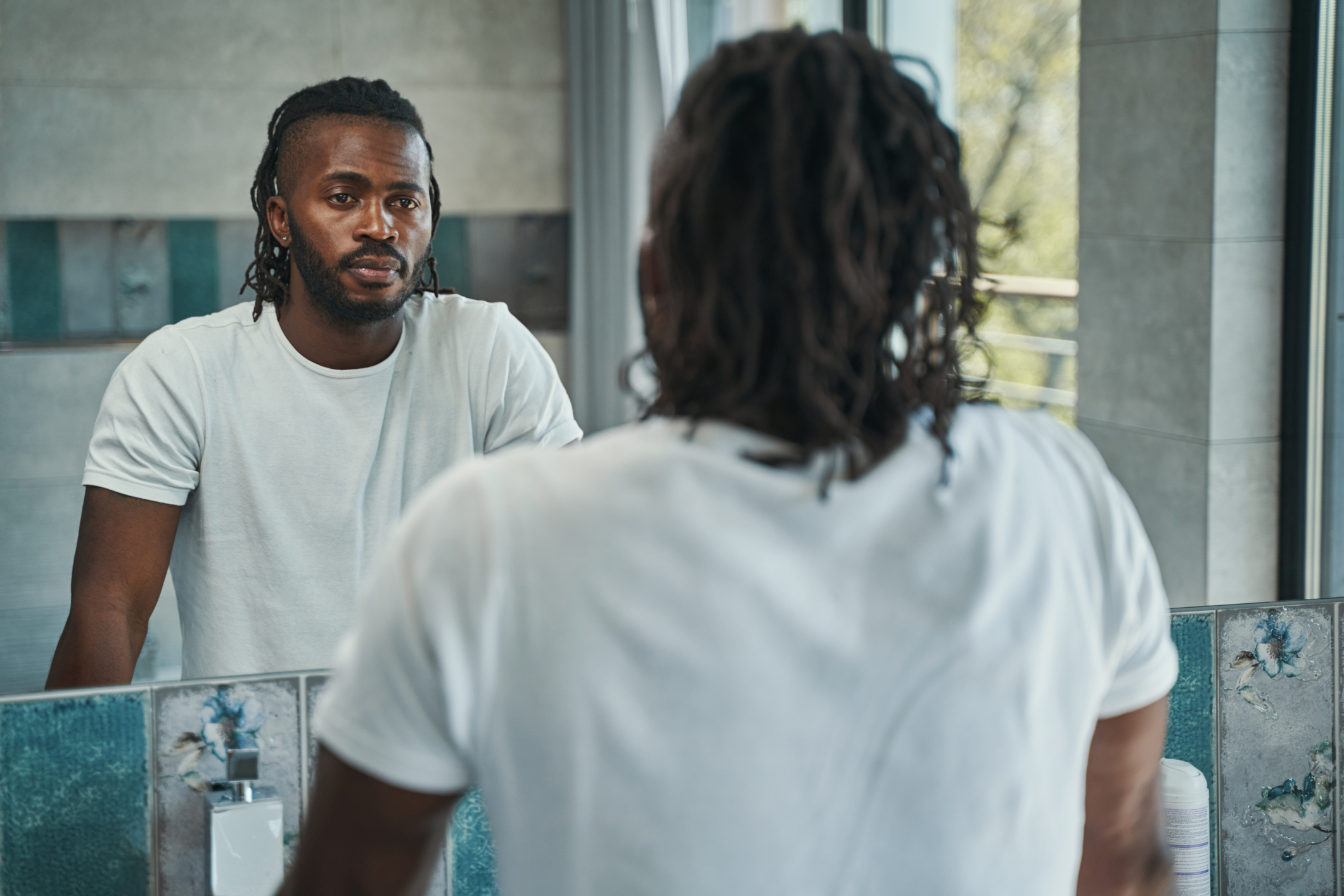Body
Chronic pain can interfere with an individual’s participation in daily activities, including sports and recreation, hobbies, housekeeping, cooking, self-care, personal hygiene and social engagement. In fact, individuals may find themselves moving less or avoiding these activities entirely due to a fear of pain.
Fortunately, there are strategies available to help people living with chronic pain manage their symptoms and lessen the overall impact of pain on their quality of life.
“Leisure-based activities are some of the first to fall off the priority list in patients living with chronic pain, yet they are so important for physical and emotional well-being,” said Jennifer Hannan, an occupational therapist (OT) in Shirley Ryan AbilityLab’s Pain Management Center.
Graded motor imagery (GMI) is one of the strategies used by OTs in rehabilitation to treat pain and movement problems. In GMI, OTs work with patients to retrain the brain through a series of small, measured steps that increase in difficulty, helping patients to participate in activities with their pain better managed.
“When we avoid certain movements or sensations on the body, parts of the brain aren’t getting activated, and the brain gets dusty,” said Jennifer. “GMI helps us activate pathways in the brain and turn the lights on again by creating new, positive relationships with movement.”
As an example, Jennifer said if a person with a leg injury has pain while bathing, the brain “saves” or stores that negative experience. When they go to wash their leg the next time, they already may be tense and anxious about being in pain. GMI helps patients visualize that same experience in a calm, safe environment to build up to washing their leg without the same degree of pain or anxiety.
Jennifer explained the three stages of GMI:
- Stage 1: Left-right discrimination. Individuals with pain may find it hard to differentiate between the left and right side of their body and to precisely identify where they are experiencing pain. In the first stage of GMI, patients learn body awareness by looking at flashcards or digital images to discriminate between right- and left-side body parts. At first, the cards themselves may cause a pain reaction in patients, but by becoming familiar with the images, they prepare their brain for imagined movement of the painful or sensitive part of their body.
- Stage 2: Explicit motor imagery (visualization). In the next stage of GMI, patients practice visualizing certain movements, like bending or stretching, before they actually move. Much like athletes visualize a training regime or a routine before competing, visualization allows patients to picture the mechanics of movement and imagine a state where their pain is well-managed. This helps to prepare the brain for actual movement.
Stage 3: Mirror therapy. Finally, in the last stage of GMI, patients simulate certain movements in a mirror. For example, if an individual experiences pain in their right hand while grasping items, they practice squeezing a ball in their left hand while looking in the mirror. This tricks the brain into believing that the reflection of the left hand is their right side, an illusion that once again prepares the brain for movement and creates new positive associations about moving more comfortably.

Jennifer noted that when OTs and patients work together on GMI in a therapeutic setting, the patient is fully in control of any movement. The OT verbally guides the patient through the stages of GMI, but does not touch them as the patient goes at their own pace to begin moving their body in a pain-free way.
“Pacing helps patients manage the peaks and valleys of pain — decreasing pain flare-ups and increasing daily activity so they can get back to doing the things they enjoy,” said Jennifer.

